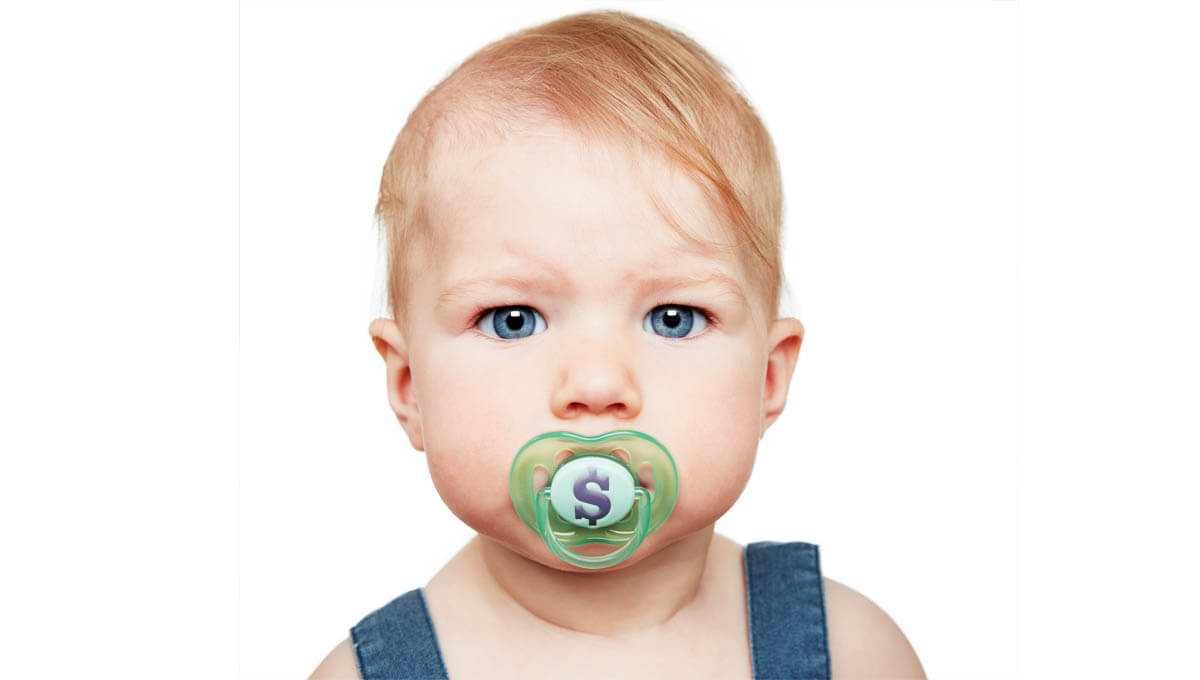Surviving baby’s first year
Smart planning, maximized benefits, the right money moves—here’s how to save a bundle on your new little bundle of joy
Advertisement
Smart planning, maximized benefits, the right money moves—here’s how to save a bundle on your new little bundle of joy

Share this article Share on Facebook Share on Twitter Share on Linkedin Share on Reddit Share on Email